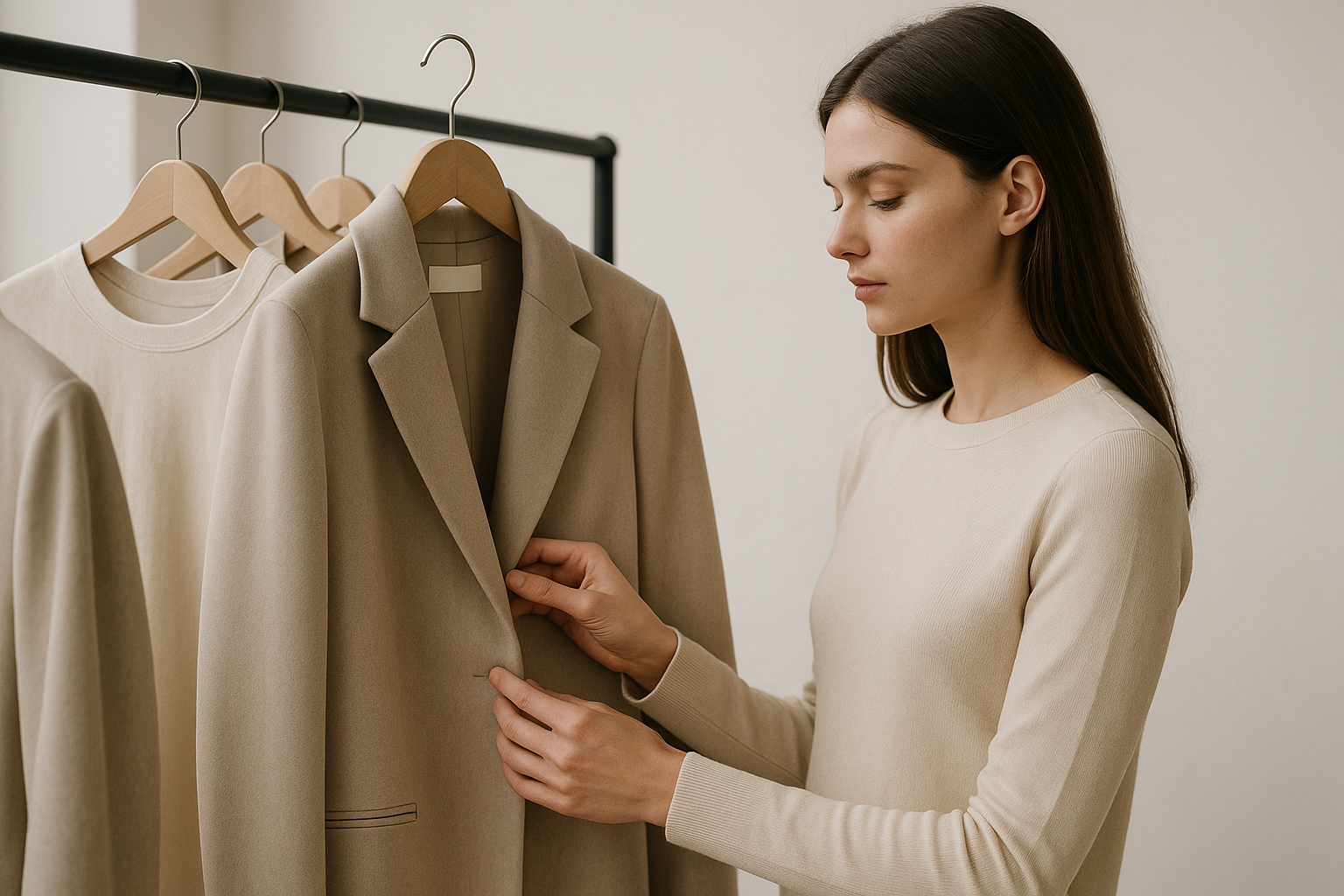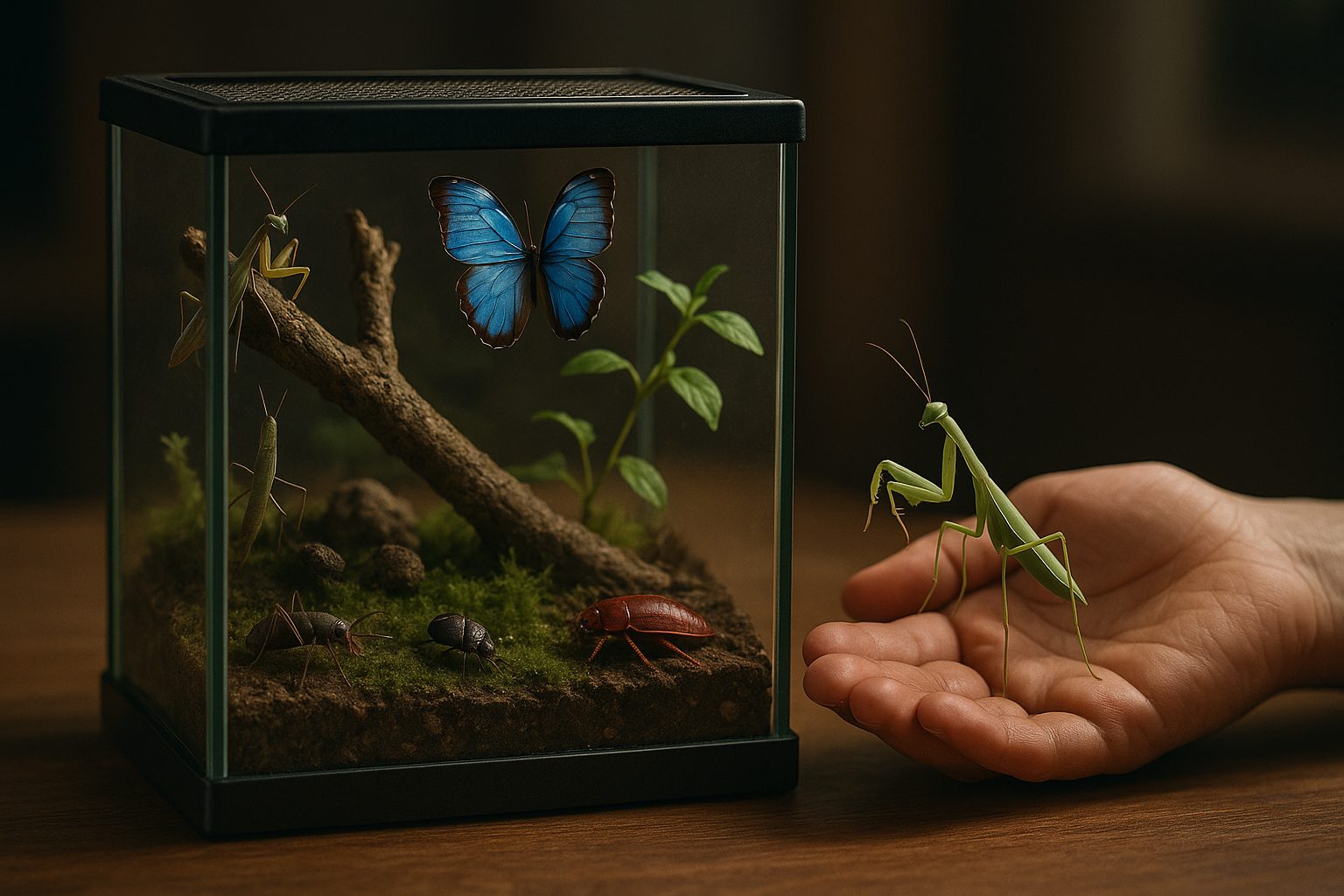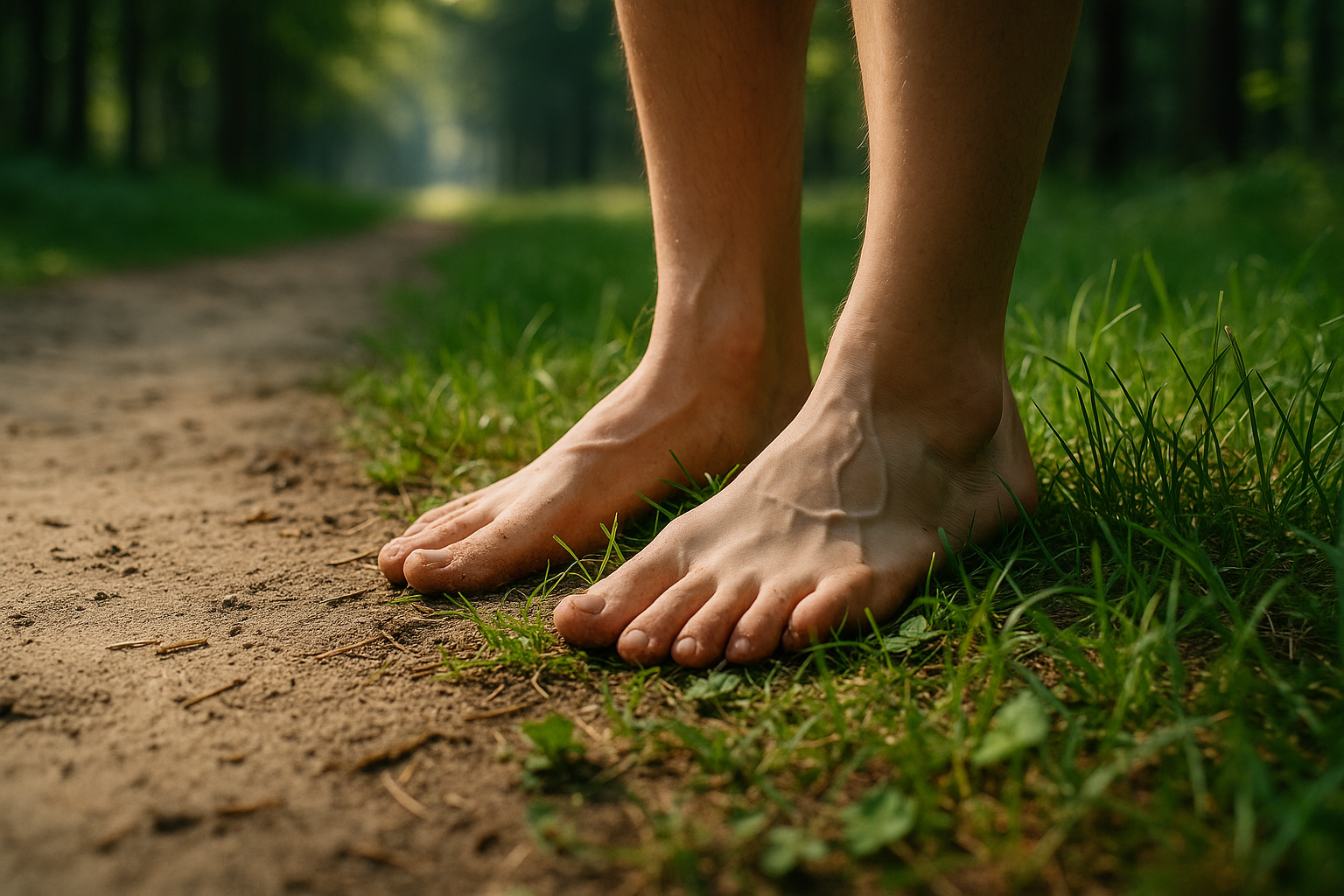"Redefining Elegance: The New Wave of Minimalist Fashion"
In the fast-paced world of fashion, trends come and go, but some concepts, like the power of simplicity, withstand the test of time. As fashion moves towards a more eco-conscious and sustainable future, the minimalist fashion trend is taking center stage. This article will explore the rise of minimalist fashion, its influence on the retail industry, and the reasons why consumers are drawn to the allure of a ‘less is more’ wardrobe.

The Emergence of Minimalist Fashion
The minimalist fashion movement, characterized by simple, clean lines, and a neutral color palette, is not a new phenomenon. It traces its roots back to the 1960s and 70s when designers like Calvin Klein and Jil Sander began experimenting with simplicity and subtlety in their designs. However, it’s only in the recent decade that minimalist fashion has gained significant traction, evolving from a niche style into a mainstream trend.
The Minimalist Fashion Today
In today’s fashion landscape, minimalist fashion has become synonymous with sustainability and conscious consumption. As more people become aware of the environmental impact of fast fashion, they’re turning towards minimalist wardrobes – a curated selection of versatile, high-quality pieces that can be mixed and matched to create a variety of looks.
The Allure of Minimalism
The appeal of minimalist fashion lies in its simplicity and versatility. It offers a refreshing departure from the overconsumption and excess that has long been associated with the fashion industry. From a practical perspective, it promotes the idea of investing in fewer, but better-quality pieces that will last longer. This philosophy not only contributes to sustainability but also saves consumers the time and stress of constantly updating their wardrobes.
The Influence on Retail Industry
The rise of minimalist fashion has significant implications for the retail industry. Retailers are now focusing on producing high-quality basics and timeless pieces, fostering a shift away from seasonal trends and towards long-lasting style. Retail strategies are also changing, with a greater emphasis on transparency, ethical production methods, and sustainability.
Practical Insights for Adopting Minimalist Fashion
-
Start by decluttering your wardrobe, keeping only the pieces that you love and wear regularly.
-
Invest in high-quality basics in neutral colors that can be easily mixed and matched.
-
Prioritize the quality of fabrics and construction over quantity.
-
Consider the cost per wear of each piece. A more expensive item that lasts longer and is worn more often can be a better investment in the long run.
In conclusion, the rise of minimalist fashion represents a shift towards conscious consumption and sustainable practices in the fashion industry. It’s a trend that is not just shaping our wardrobes, but also the way we think about and engage with fashion. As we move forward, minimalist fashion will continue to influence not just the clothing we wear, but also the values we embody. Embracing minimalism in fashion is not just a style choice, but a lifestyle decision that echoes the call for sustainability and responsible consumption.




